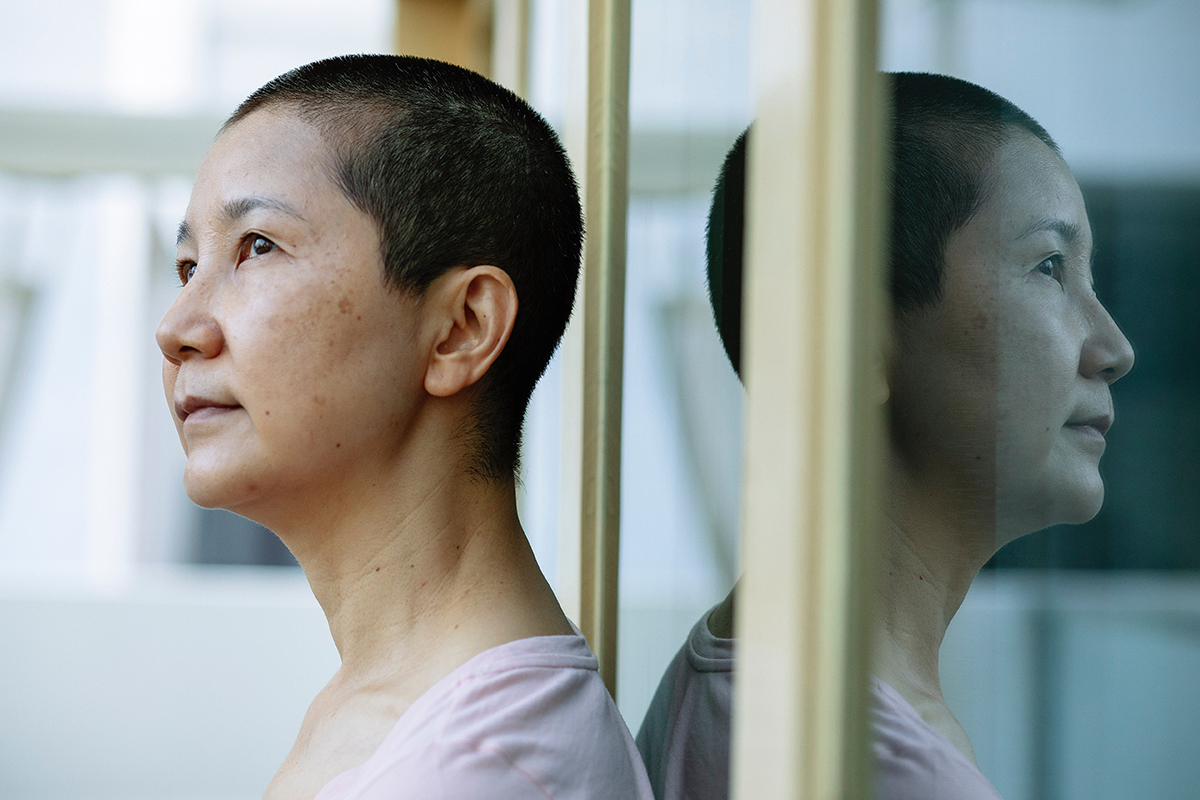Many women will feel ovarian pain in their lifetimes and it might understandably cause concern. Here is some information that can help explain what ovary pain feels like, what causes it, and what next steps you may want to take.
What does ovarian pain feel like?
Ovarian pain may be felt in the lower abdomen, below the belly button, and pelvis. It can present itself as dull and consistent or as sharp bursts of sensation. While uncomfortable, ovarian pain is not uncommon.
It’s also important to note that ovarian pain may sometimes feel similar to pain caused by nearby organs, such as the appendix, bladder, or intestines. Conditions like appendicitis, urinary tract infections (UTIs), or gastrointestinal issues can sometimes mimic ovarian pain. This is why seeking professional medical advice is crucial.
What causes pain in the ovaries?
There are many reasons someone may experience ovary pain, including ovarian cysts, ovulation pain, endometriosis, pelvic inflammatory disease or ovarian cancer. Below are some common causes and symptoms for each condition.
Ovarian Cysts
Ovarian cysts are fluid-filled masses (unlike ovarian tumors, which are solid), found growing on one or both ovaries. Most ovarian cysts are not harmful and do not trigger symptoms. However, larger cysts or ruptured cysts can cause discomfort or more severe pain.
Symptoms of ovarian cysts:
- Pelvic or abdominal pain (including ovary pain, and ovary pain when peeing)
- Fullness or heaviness in your abdomen
- Bloating
- Nausea or vomiting (in some cases)
Ovulation Pain
Pain during ovulation, also known as Mittelschmerz, is experienced when an ovary releases an egg. Generally this happens about fourteen days before the next menstrual period.
Ovulation Pain Symptoms:
- Ovary pain usually happens on only one side of the pelvis, and can alternate sides, or stay consistent month-to-month
- Pain ranges in intensity from dull to sharp
- Some people experience light spotting or vaginal discharge during ovulation.
Endometriosis
Endometriosis occurs when tissue that looks and acts like endometrial tissue is developed outside the uterus.
The endometrial tissue regularly builds each month, and sheds with a person’s menstrual cycle. But for those with endometriosis, the endometrial tissue that is outside of the uterus still reacts to the hormonal fluctuations and results in small bleeding inside the pelvis, outside of the uterus, where the tissue had developed.
When it comes specifically to ovarian pain, the monthly breakdown of this tissue can become embedded in the normal ovarian tissue, creating a “blood blister” surrounded by a fibrous cyst, known as an endometrioma.
Symptoms of endometriosis:
- Pelvic pain (including ovary pain)
- Pain during intercourse
- Abnormal or heavy menstrual flow
- Painful urination during menstrual periods
- Painful bowel movements during menstrual periods
- Other gastrointestinal problems
Pelvic Inflammatory Disease
Pelvic inflammatory disease is an infection found in female reproductive organs. It can be brought on by sexually transmitted diseases, such as chlamydia or gonorrhea, or other infections that aren’t
Symptoms of pelvic inflammatory disease:
- Pain in the lower abdomen (including ovary pain)
- Fever
- An unusual discharge with a bad odor from the vagina
- Pain and/or bleeding during sex
- Burning sensation during urinating
- Bleeding between periods
Ovarian Cancer
There are several types of ovarian cancers that can lead to ovarian pain, including epithelial ovarian cancer, germ cell ovarian cancer, stromal cell ovarian cancer, and small cell carcinoma (SCCO). While they are all classified as “ovarian” because they concern the ovaries, they range in origin, treatment, and prognosis.
As these ovarian cancers develop, tumors grow on one or both ovaries. In some rare cases, early stage ovarian cancers may produce symptoms, but in the majority of patients, these don’t show up until the cancer and tumor growth has advanced, triggering the symptoms.
Symptoms of ovarian cancer:
- Ovarian pain that is more severe or more persistent than discomfort associated with a menstrual cycle
- Bloating
- Pelvic or abdominal pain (including ovary pain)
- Difficulty eating or feeling full quickly
- Urinary symptoms (urgency or frequency)
If you are experiencing ovary pain, reach out to a medical professional, preferably a gynecologist, to help determine the cause.
When to see a doctor
The reasons someone would experience ovarian pain may or may not be serious. Treatment will vary depending on what is causing the issue, and by tracking the ovarian pain, a medical professional will better be able to diagnose the cause.
Even if the pain is not debilitating, it is important to discuss with a medical professional, preferably a gynecologist, so it can be examined and treated. A gynecologist may perform a complete pelvic exam, including a transvaginal or pelvic ultrasound, radiological tests, a CT scan, and/or a CA-125 blood test to investigate the cause of ovary pain.


